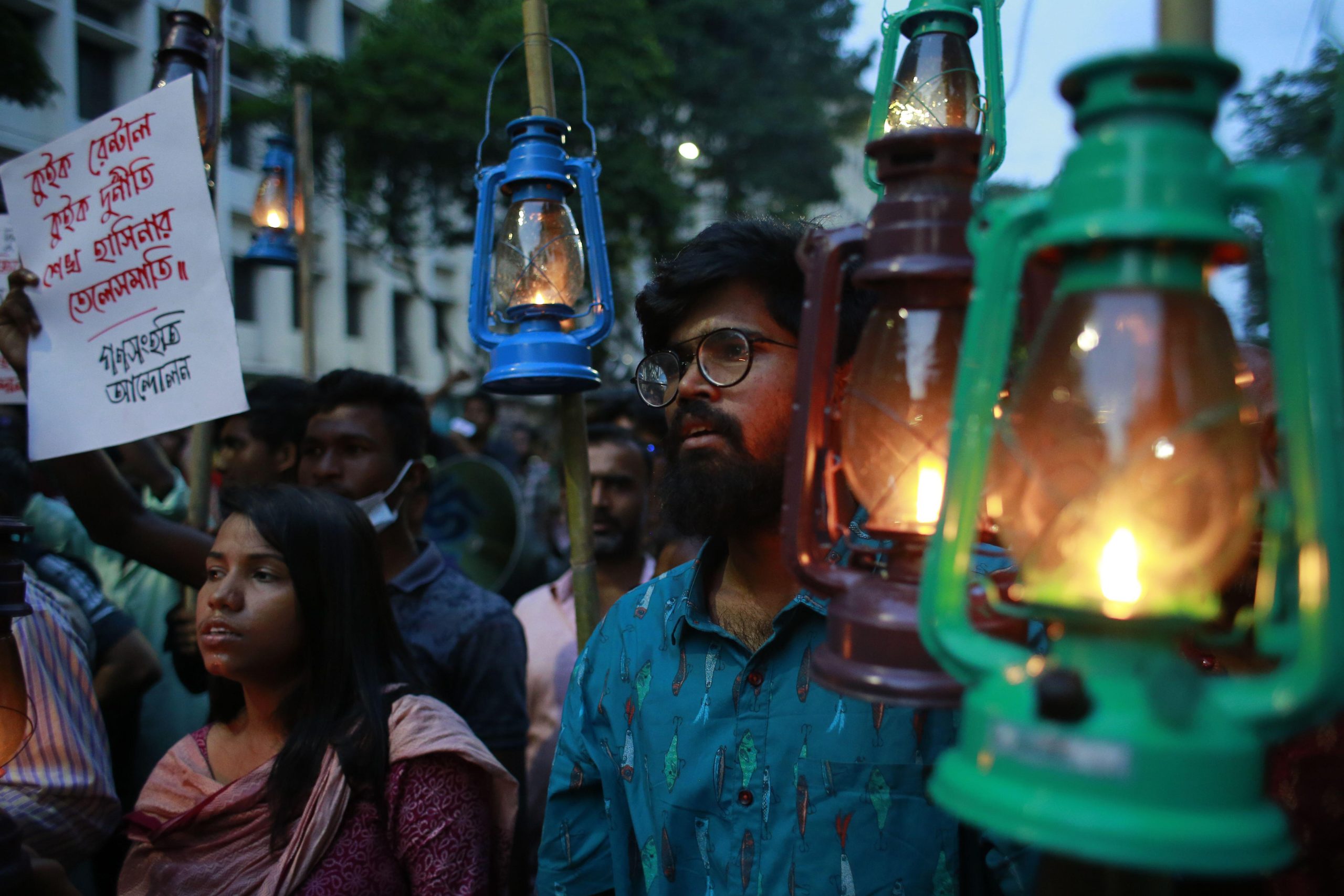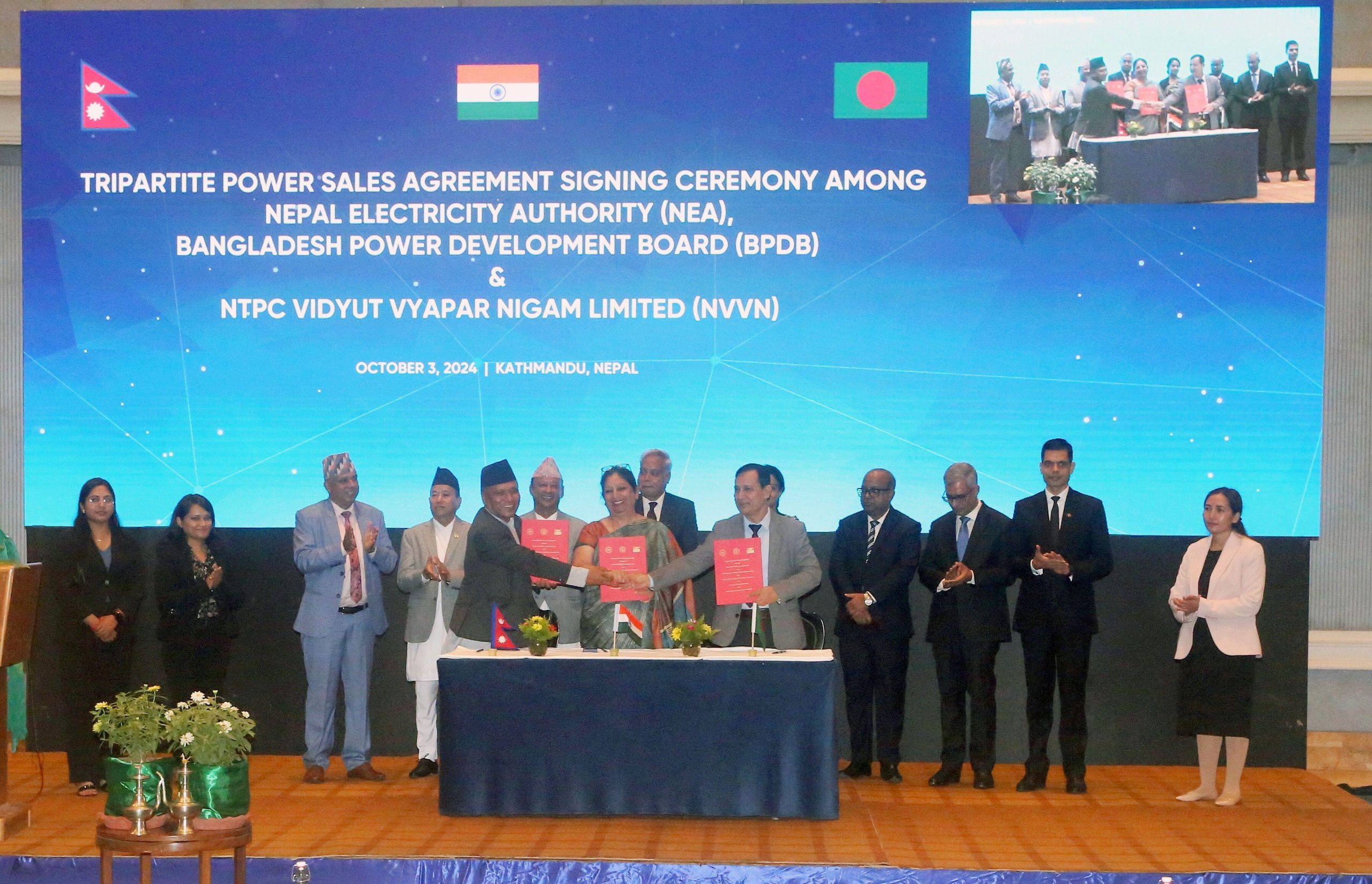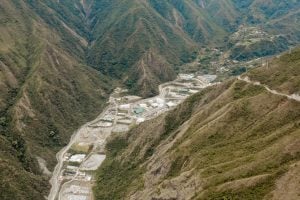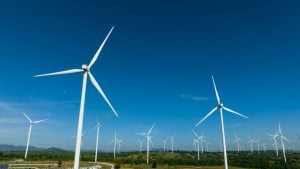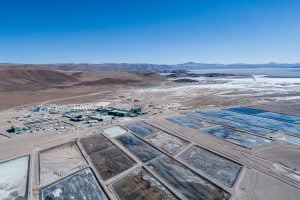Fifteen years ago, the election of Sheikh Hasina as Bangladesh’s prime minister marked the start of the country’s bilateral cooperation with India on various fronts, including energy.
In October 2013, the two countries connected their electricity grids, allowing Bangladesh to buy electricity from India for the first time and paving the way for more energy cooperation. By financial year 2022-23, Bangladesh had signed three deals to buy 2,656 megawatts (MW) of electricity from Indian power plants. These include the Adani power plant in Jharkhand (1,496 MW), as well as the Bohorampur (1,000 MW) and Tripura (160 MW) power plants.
Beyond electricity imports, the two countries have been building their shared production capacity with the 1,320-MW coal-powered Rampal power plant in south-western Bangladesh, an equal joint venture. The first unit of the plant came online in December 2022, and the second unit started its trial run in October 2023.
But the ouster of Sheikh Hasina in August 2024 after weeks of protests has put a question mark on future energy cooperation.
A possible meeting between the head of the interim government in Bangladesh, Muhammad Yunus, and the Indian prime minister Narendra Modi on the sidelines of the UN General Assembly did not happen. Although the two governments explained it as a timing issue, there has been intense speculation as to why such a meeting could not be arranged.
A meeting between the foreign secretary of Bangladesh and the Indian high commissioner on Sunday highlighted the strained relations, with visa processing still not normalised and no date for the next Foreign Office Consultation between the two countries.
Both a dollar crisis and unusable installed electricity capacity means energy imports from India remain crucial to the health of the Bangladeshi economy, especially the ready-made garment industries, government sources and business figures told Dialogue Earth. But in the face of political tensions, they expressed concern about the stability of the imported supply.
The dollar crisis and Bangladesh’s big import bills
The dollar crisis has been key in driving Bangladesh’s import of electricity. Bangladesh’s foreign reserves shrank drastically from USD 48 billion in August 2021 to USD 13 billion by May 2024, partly due to global volatility after the Ukraine war, though it has since bounced back to USD 24 billion as of September.
The low foreign reserves have meant the country’s ability to pay for expensive imports, especially of coal, gas and other fuel needed to produce its own power, has been sharply limited, says Ijaz Hossain, a professor at the Bangladesh University of Engineering and Technology.
In theory, Bangladesh has enough installed capacity for 27,791 MW. Sixty-two state-owned companies can produce a total of 11,821 MW (43% of total installed capacity), with 80 private sector plants able to produce 10,836 MW (39%). Two joint venture thermal plants – one with India and one with China – account for another 2,478 MW of capacity (9%). Finally, 2,656 MW (9%) can be imported from India.
But the reality is different, according to Md. Shamim Hasan. Hasan oversees public relations of the Bangladesh Power Development Board (BPDB), and says Bangladesh can only supply about 14,000 MW because of the fossil fuel shortage. The current demand is around 15,500 MW, and this leads to a shortfall of 1,000-1,500 MW a day.
With the imports from India, “we are paying more, but we are getting ready-power supply,” notes Hossain.
“Otherwise, the power supply in Bangladesh would be in big trouble,” he adds, and given the load-shedding of “up to 1,500 MW” in Bangladesh, “if supply from India comes down, the situation would worsen”.
But Hasan also expressed concerns about the long-term stability of the supply from India due to the change in government.
“Adani’s Jharkhand thermal plant was set up exclusively to supply power to Bangladesh,” he says. “We have come to know, after the fall of the previous government, [that] the Indian government changed a law allowing Adani Group to sell the Jharkhand power to its domestic market. This indicates that Bangladesh is unlikely to get dedicated power supply from the plant unless we are on good terms.”
Meanwhile, the Adani Group last month sent a letter to the Bangladesh government over its unpaid USD 800 million power supply bill.
BPDB officials told Dialogue Earth that they had already paid USD 150 million of this to Adani Group despite its dollar crisis, and was hoping to pay the full amount.
More renewables needed in India-Bangladesh energy cooperation
Hossain is concerned about Bangladesh importing “nearly 15%” of its total electricity requirement from India.
“This is not a good decision,” he says, pointing out that power generation from Bangladesh’s own gas-fired plants was much cheaper at about BDT 6 (USD 0.05) per unit compared to BDT 14 (USD 0.12) for a unit of electricity imported from the Adani power plant, once the capacity charge was factored in.
“We will not need the coal-fired power from India when we can restore gas, coal and diesel supply to our power plants. In the long run, I think, import of coal power from India would cease,” Hossain says.
Even if we import power from Nepal, we must use Indian land to get itHumayun Kabir, president of the Bangladesh Enterprise Institute
Nonetheless, Bangladesh must remain engaged with India in energy cooperation to transform itself into a low-carbon economy, he adds. This would require “importing hydropower from India, Nepal and Bhutan in the future,” meaning Bandladesh “must get India’s approval to import electricity from Nepal and Bhutan via Indian territory”.
In June, the Bangladesh government signed a deal to import 1,000 MW of renewable power from India and 40 MW of hydropower from Nepal via Indian territory, but this is a small share of the larger needs to transform Bangladesh’s growing energy needs.
However, Humayun Kabir, president of the Bangladesh Enterprise Institute and former deputy high commissioner to India, said he did not expect that power cooperation with India was likely to continue in “an open way” as it had in the past.
He also expects the government of Bangladesh “will evaluate the power-purchase deals with India and may even go for renegotiating with them,” but adds: “The interim government has no other option but to continue power purchase from India for now.”
“Even if we import power from Nepal, we must use Indian land to get it,” Kabir adds. “Against this background, the government must not stop buying electricity from India.”
He agrees with Hossain that future energy cooperation needs to move away from fossil fuel-generated power. “We should aggressively endeavour to develop the renewable energy sector,” Kabir says. “We should target to generate at least 50% from renewable energy sources by 2050. Now it is only 4%.”
Coal power plants such as Rampal have invited intense criticism from environmental groups due to being sited near mangrove forests, and along with others such as Adani, have been denounced for charging high prices.
Businesses suffer with uneven electricity supply
A steady supply of electricity, and possible lack thereof, will be of particular interest to the country’s ready-made garment sector, which accounts for over 80% of its total exports and employs nearly four million people, mostly poor rural women.
However, Mir Nasir Hossain, a former president of the Federation of Bangladesh Chamber of Commerce and Industry, said impacts of load-shedding would be contained.
“Most of the ready-made garment factories have their own captive power plants as the government cannot ensure uninterrupted supply of quality power,” he says, emphasising that it was voltage fluctuations that “hamper production”. Nonetheless, he pointed out that such private plants meant higher costs.
The bottom line is that power shortages affect everyone, be it big or small. When costs shoot up, business becomes tougher and eventually unviableMita Bose, managing director of leathercraft company Goose Limited
“If the government could ensure uninterrupted quality power supply, the business competitiveness of our industrial units, including the ready-made garment sector, would be enhanced,” Mir Nasir Hossain adds, and the country’s global competitiveness would increase.
“The current electricity crisis hits the small and cottage industry [most] because they cannot afford [to install] dedicated independent power plants,” he added, noting that such small industries employ a very large number of people in Bangladesh.
Mita Bose, managing director of leathercraft company Goose Limited, said larger businesses would also be impacted. While acknowledging that smaller businesses could not afford the generators that allowed bigger businesses to continue production, she said that the additional costs made even big businesses uncompetitive.
“Increasing the cost of business is like stabbing a businessperson,” she tells Dialogue Earth. “The bottom line is that power shortages affect everyone, be it big or small. When costs shoot up, business becomes tougher and eventually unviable.”
